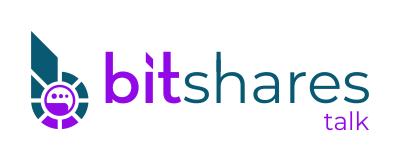76
General Discussion / Online personas vs real-life individuals: a challenge for DACs?
« on: November 01, 2014, 11:38:24 pm »
A number of potential DAC ideas, such as insurance, lending, and voting seem to require at least some knowledge of participants' real-life presence, rather than be limited to information on their online persona. For example, insurance may ultimately require verifiable information like proof of age, proof of condition, proof of residence, proof of claim etc, even though BMs original concept attempts to limit the need for this. Similarly lending may need proof of real identity to ensure bad borrowers don't keep popping up with a new and clean online presence, and voting may need proof of identity and residence.
So for DACs to expand into all of the traditional areas of the economy, I feel we will eventually need new tools to deal with real-life information, without breaching privacy or anonymity when it is unnecessary.
As one example, I feel any form of insurance would require advance specification of who or what is the subject of the insurance being undertaken. Otherwise fraud will prevail if this can be determined by the insured after the fact. However, this information could be placed into a lockbox that is only opened when the claim needs to be verified.
The border between online and real-life may be a limit on the range of possible DACS, unless the two can be efficiently integrated with new sets of tools.
So for DACs to expand into all of the traditional areas of the economy, I feel we will eventually need new tools to deal with real-life information, without breaching privacy or anonymity when it is unnecessary.
As one example, I feel any form of insurance would require advance specification of who or what is the subject of the insurance being undertaken. Otherwise fraud will prevail if this can be determined by the insured after the fact. However, this information could be placed into a lockbox that is only opened when the claim needs to be verified.
The border between online and real-life may be a limit on the range of possible DACS, unless the two can be efficiently integrated with new sets of tools.

 ), is that the market cap of BTS bears no direct relation to the market cap of bitUSD, except that the market cap of bitUSD bumps against a ceiling as it approaches 1/3 the market cap of BTS. The only economic relationship that can drive growth for BTS is whether BTS derives greater value of transaction and other platform fees from the larger supply of bitUSD.
), is that the market cap of BTS bears no direct relation to the market cap of bitUSD, except that the market cap of bitUSD bumps against a ceiling as it approaches 1/3 the market cap of BTS. The only economic relationship that can drive growth for BTS is whether BTS derives greater value of transaction and other platform fees from the larger supply of bitUSD.